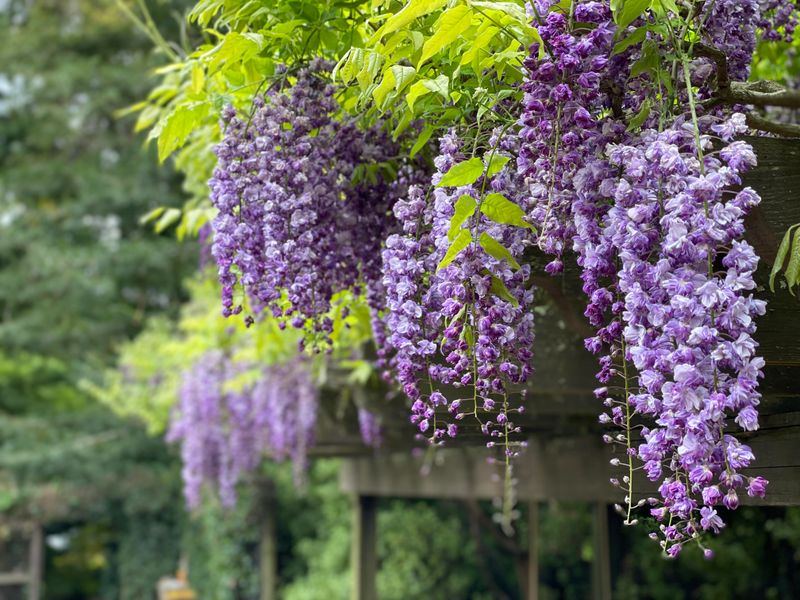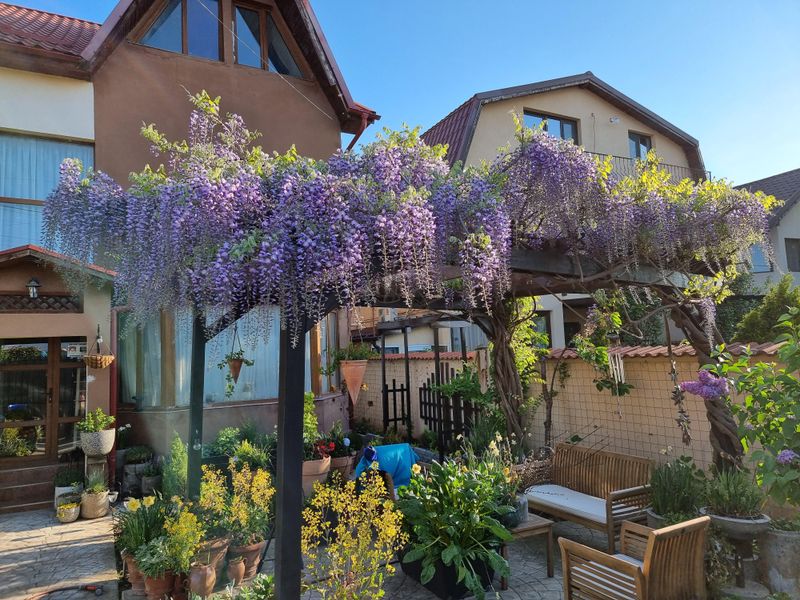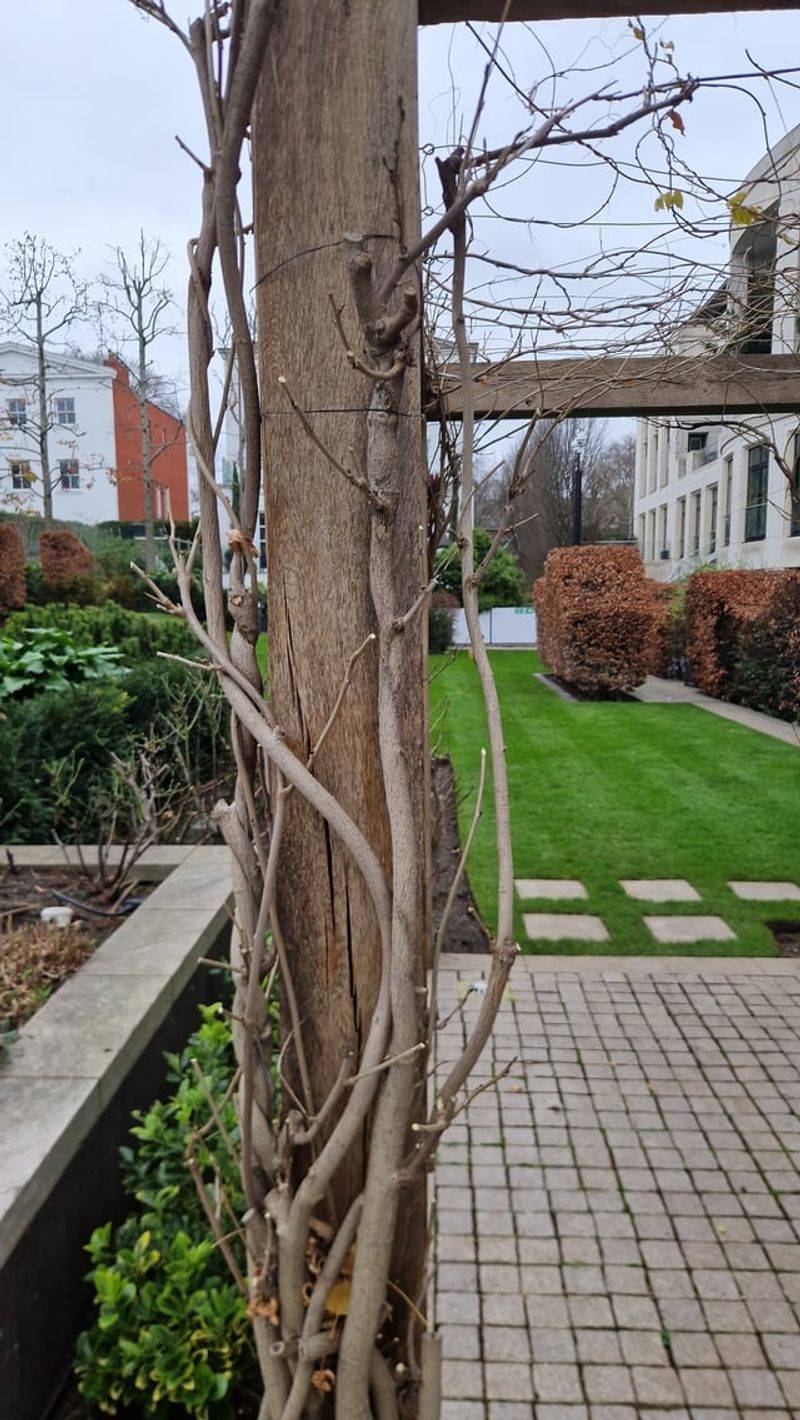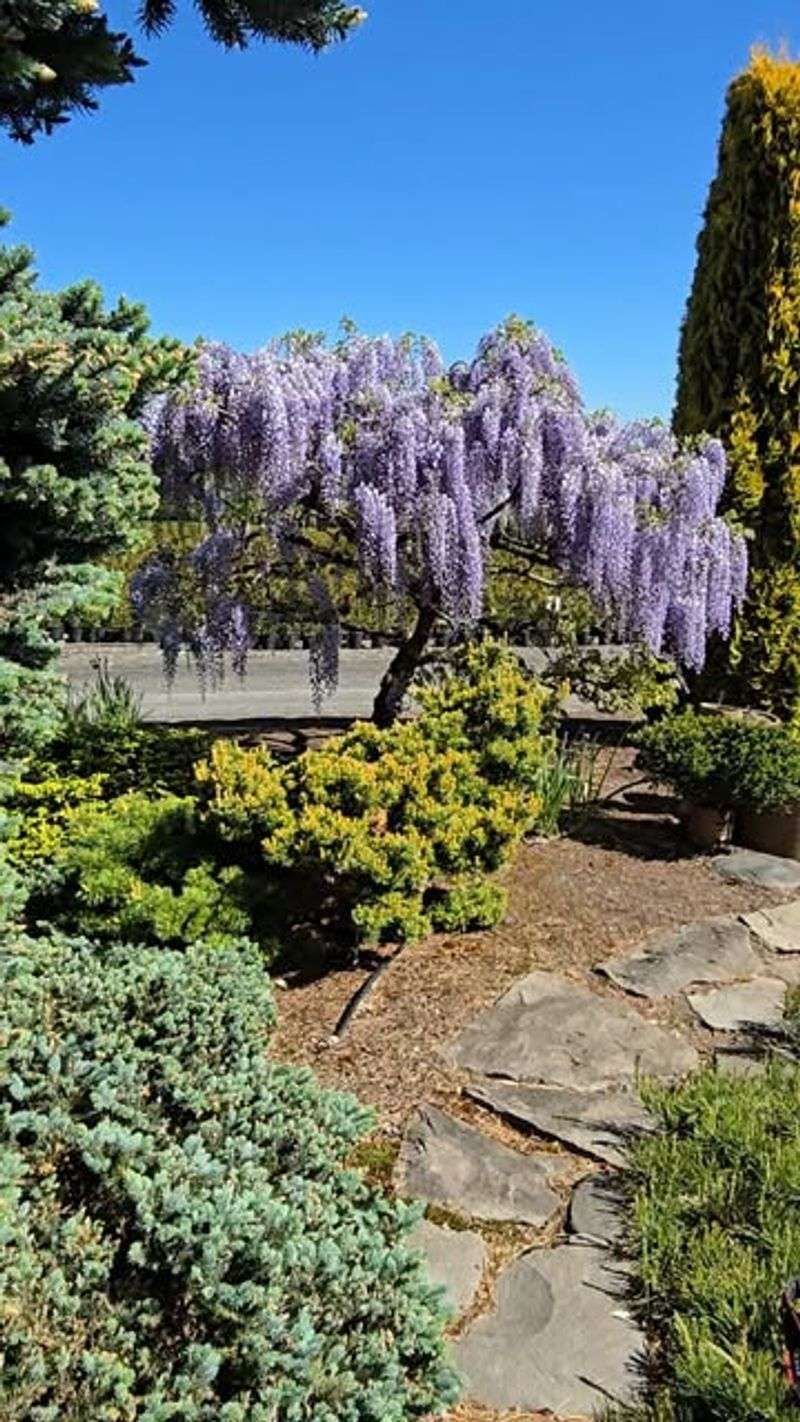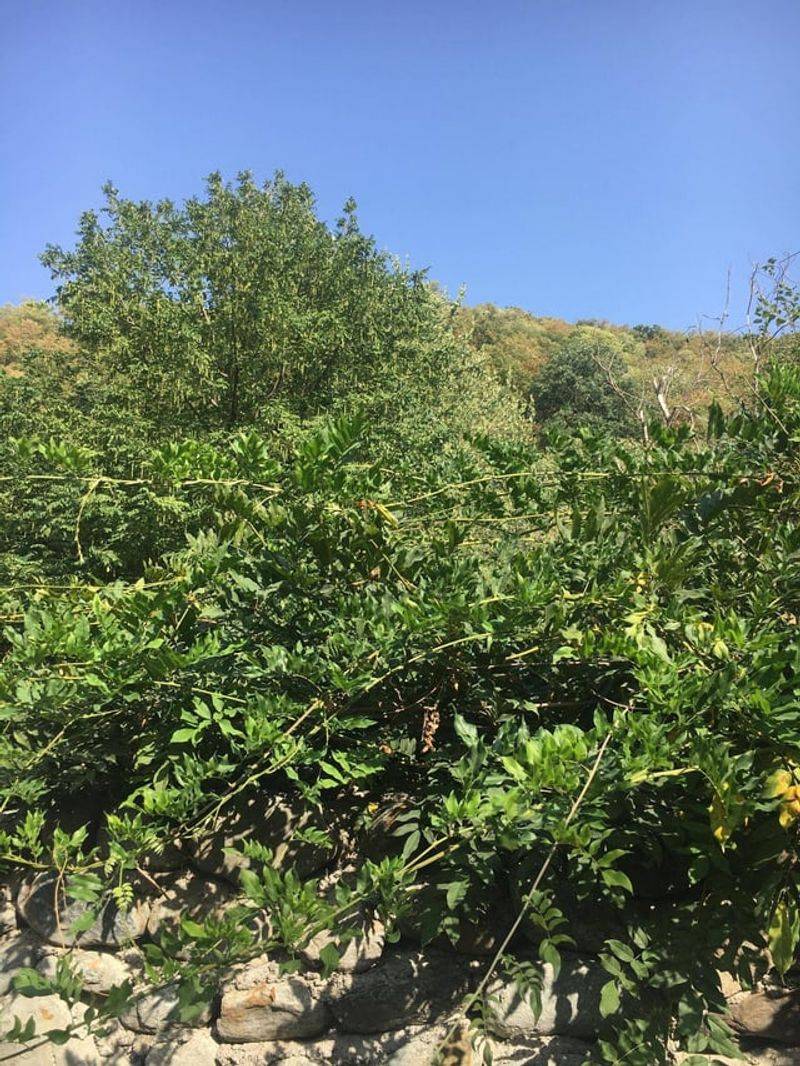Wisteria looks stunning in California, but fertilizing it in fall can do more harm than good. I learned this the hard way after a few overenthusiastic attempts in my own garden.
Knowing the right approach keeps your vines healthy and blooming year after year. Avoid the mistake, and your wisteria will flourish beautifully next spring.
1. Fall Fertilizer Encourages Weak New Growth
Adding nutrients during autumn pushes your wisteria to produce tender new shoots right when California temperatures start dropping. These fresh stems have not had time to harden off properly before winter arrives.
When cold snaps hit, even in mild California climates, this soft growth gets damaged or dies back completely. Your plant wastes valuable energy on foliage that will not survive instead of preparing for dormancy and next spring’s magnificent flower show.
2. Nitrogen Reduces Next Year’s Blooms
Most fertilizers contain high nitrogen levels that promote leaf development rather than flower production. California gardeners who feed their wisteria in fall often notice fewer blooms the following spring.
Your vine focuses on creating lush green foliage instead of those gorgeous purple flower clusters everyone loves. The plant essentially gets confused about its priorities, channeling resources away from bud formation that should be happening during the cooler months across California.
3. Root Damage from Fertilizer Salts
California soils often contain naturally high salt levels, especially in coastal and valley regions. Adding fertilizer in fall increases salt concentration around wisteria roots when the plant is not actively growing.
These accumulated salts can burn delicate root hairs and damage the root system over winter. Since wisteria is not taking up much water or nutrients during dormancy, the fertilizer just sits there causing problems instead of helping your plant thrive in California conditions.
4. Disrupted Dormancy Cycle
Even in California’s mild climate, wisteria needs a proper rest period to recharge for spring. Fertilizing interrupts this natural dormancy cycle by signaling the plant to keep growing.
Your wisteria becomes confused about seasonal changes and may struggle to set flower buds properly. Plants that do not get adequate dormancy often look stressed come springtime, with delayed blooming and reduced vigor throughout California gardens, from San Diego to Sacramento.
5. Increased Pest and Disease Pressure
Lush, fertilizer-fed growth in fall creates a perfect target for aphids, scale insects, and fungal diseases that remain active during California’s warm autumn weather. Soft new tissue is easier for pests to attack and diseases to penetrate.
Your wisteria becomes more vulnerable right when it should be toughening up for winter. California gardeners often battle more pest problems on over-fertilized plants, requiring extra treatments and care that could have been avoided with proper timing.
6. Wasted Nutrients and Money
Dormant or semi-dormant wisteria simply cannot absorb much fertilizer during California’s fall and winter months. Most of what you apply gets washed away by rain or leaches deeper into the soil beyond root reach.
You are essentially pouring money down the drain while potentially contaminating groundwater. California faces strict environmental regulations, and excess fertilizer runoff contributes to water quality issues that affect the entire state’s ecosystem and communities.
7. Better Alternatives Exist for Fall Care
Instead of fertilizing, focus on mulching around your wisteria with organic compost in California gardens. Apply a three-inch layer to insulate roots and slowly release nutrients throughout winter.
Prune your vine to control size and shape, removing dead wood and tangled growth. Water deeply but infrequently if fall rains are scarce across California. Save fertilizer applications for early spring when active growth resumes and your wisteria can actually use those nutrients effectively.



